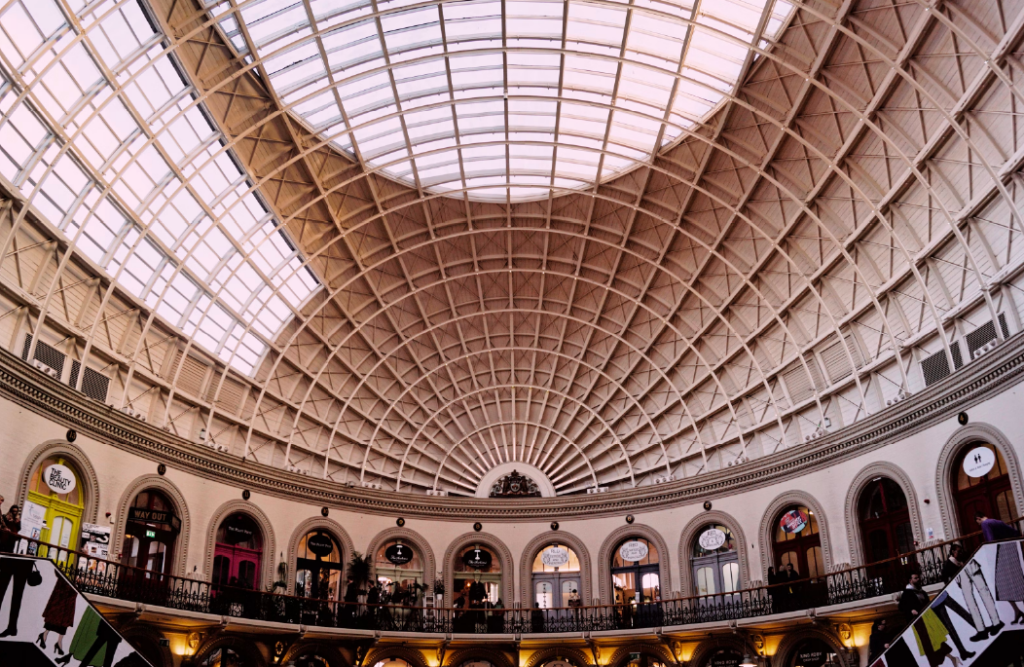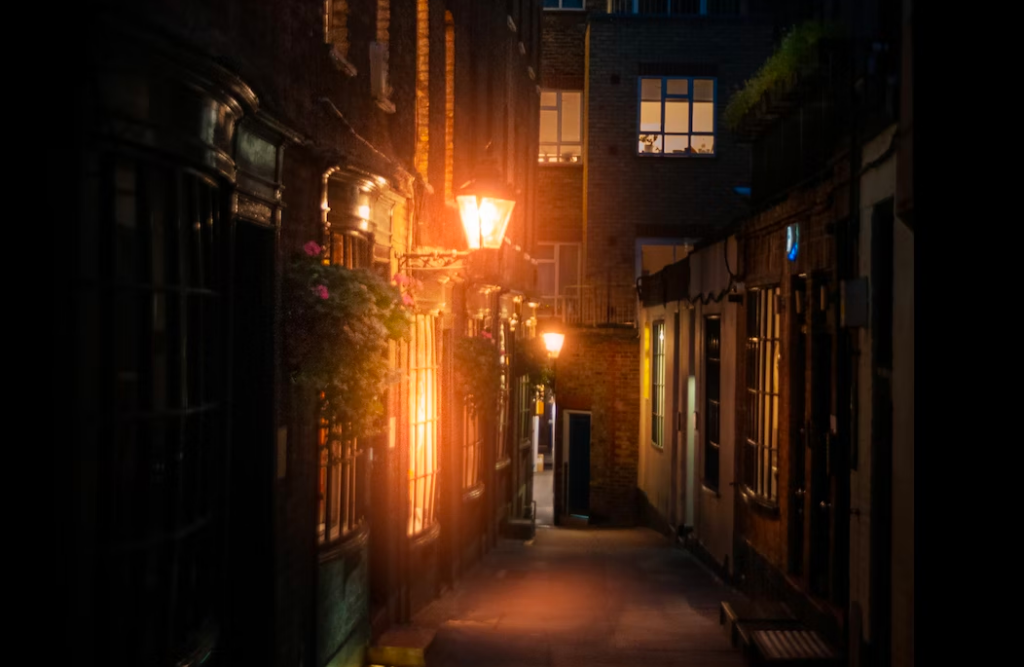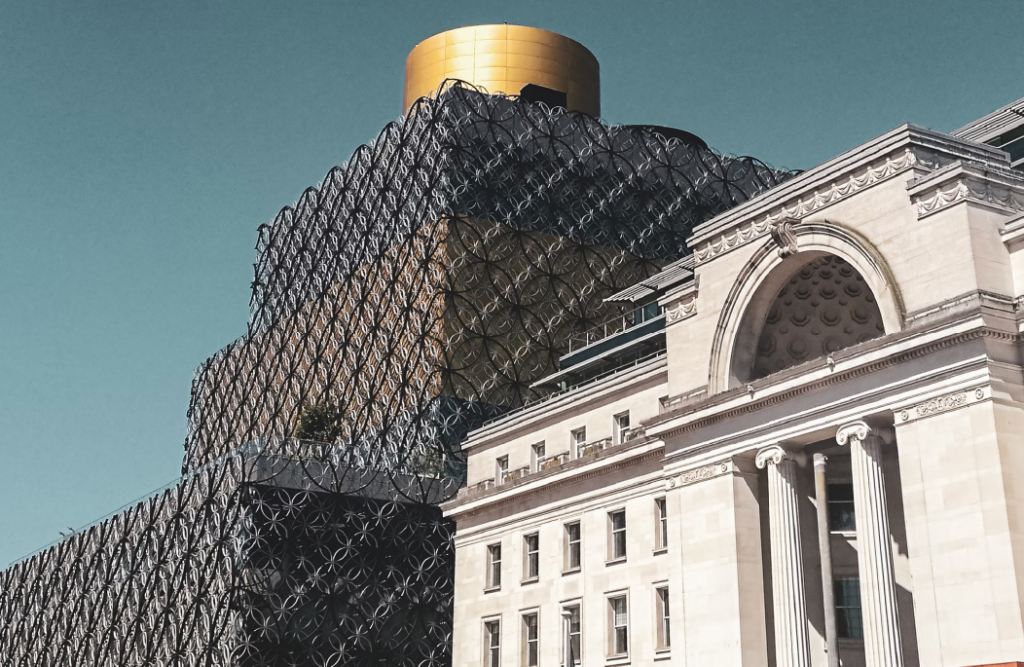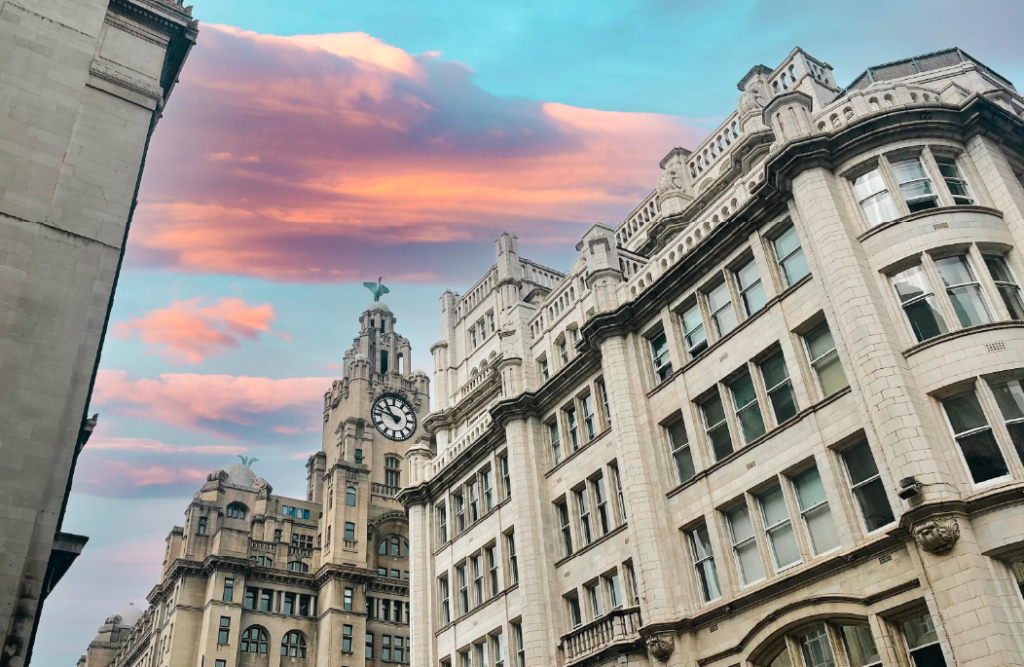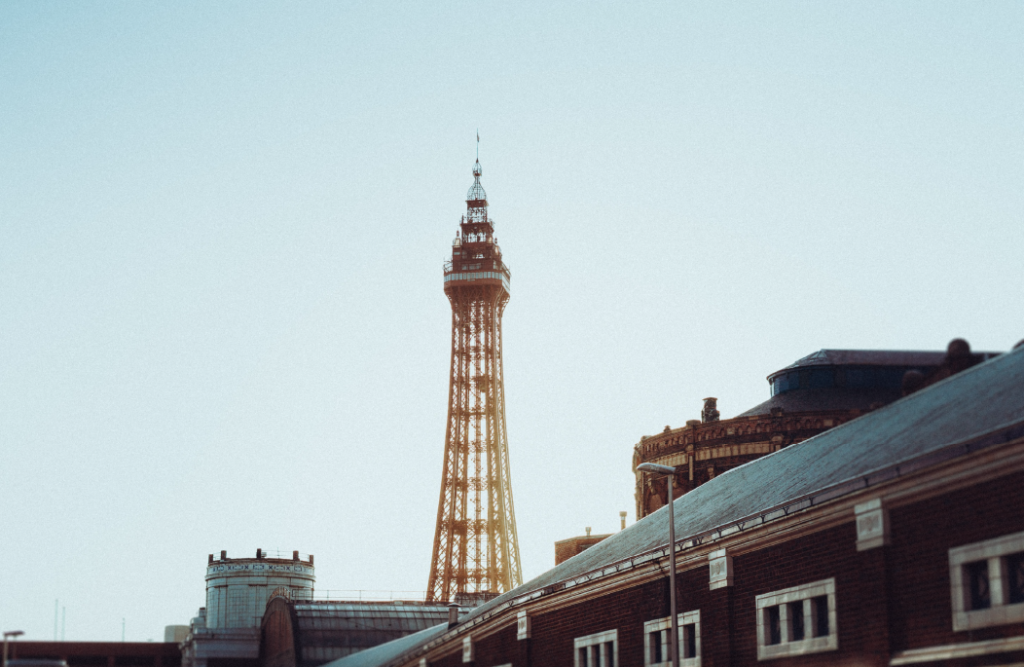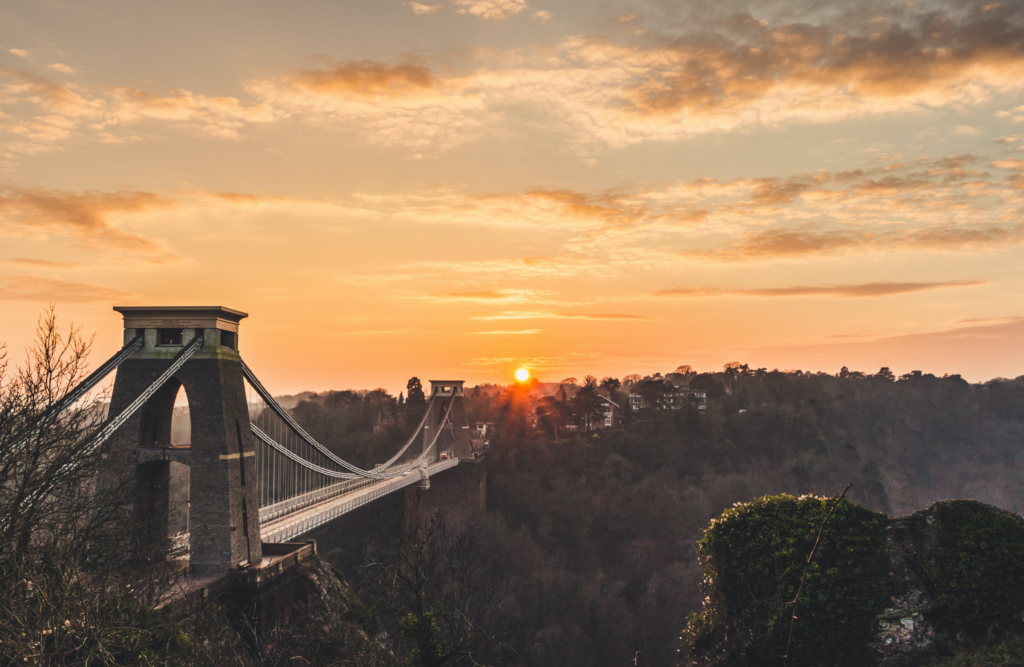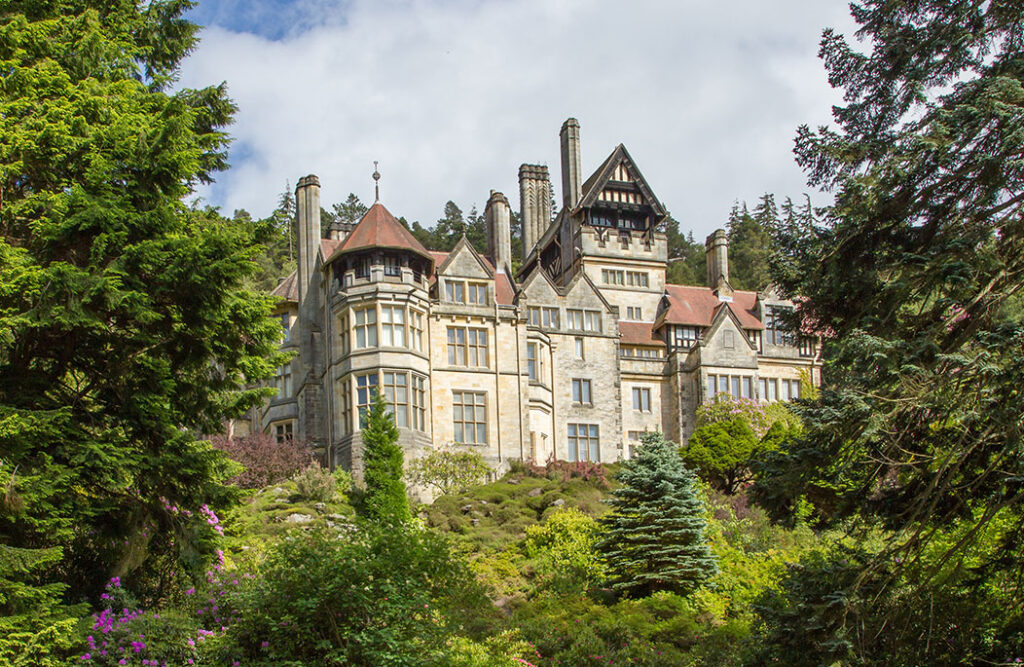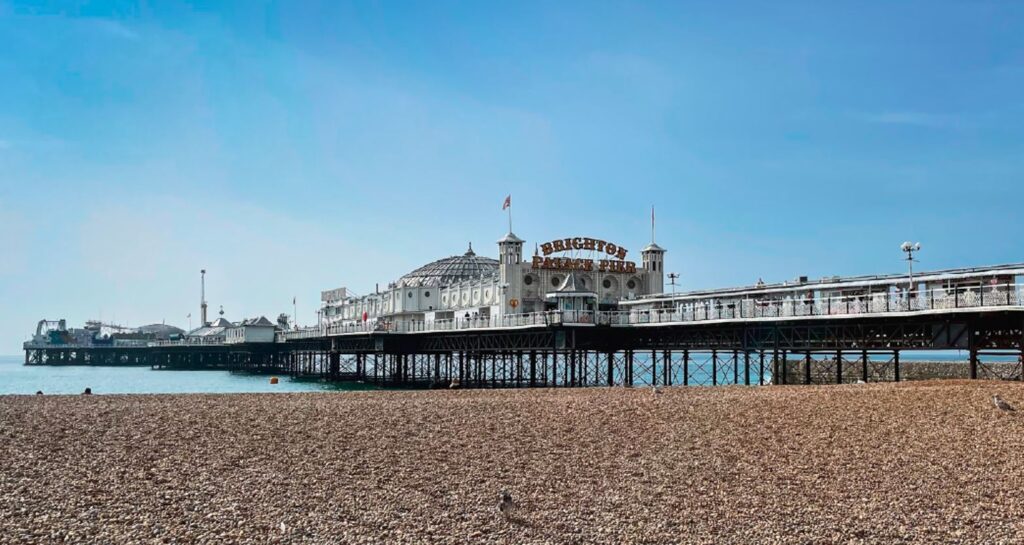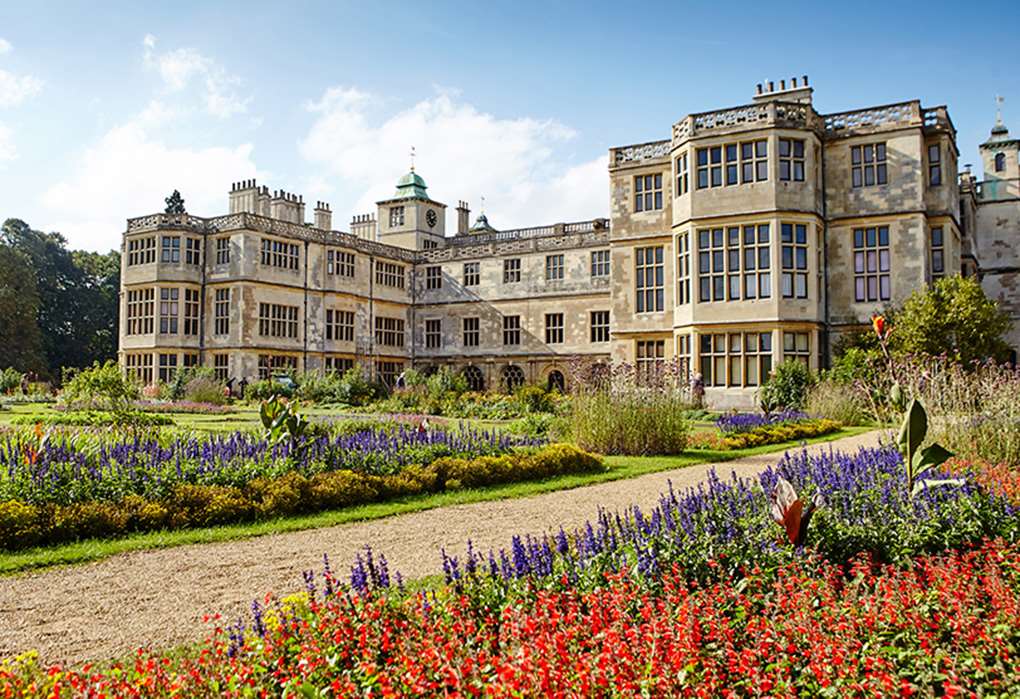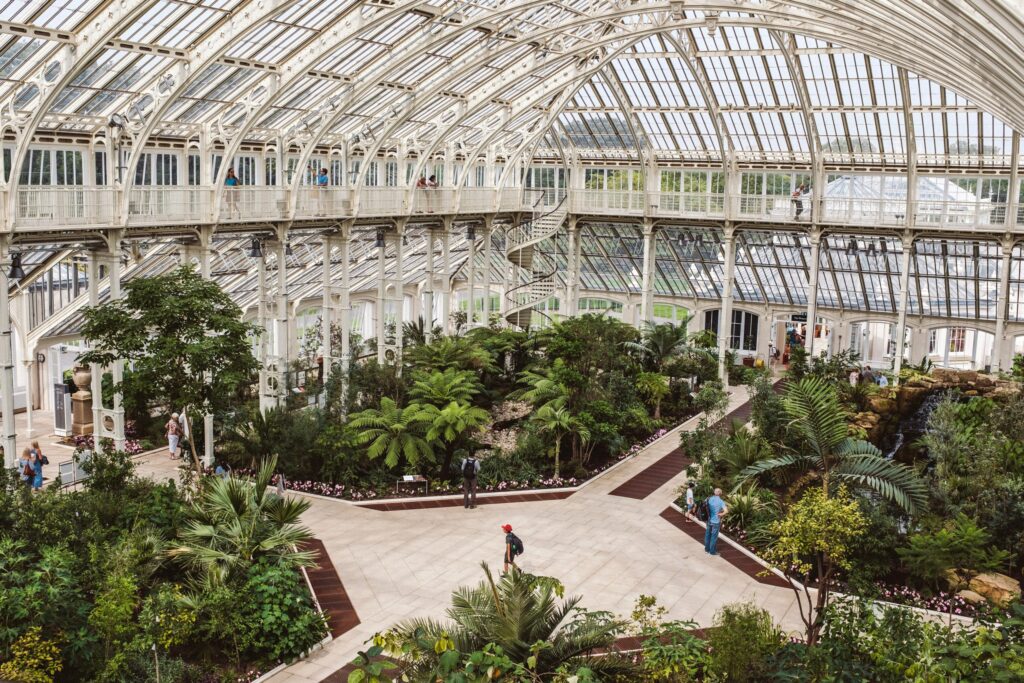Like many towns, Leeds grew exponentially during the industrial Victorian age. It went from being a small town to being a successful manufacturing city and, by 1881, it had a population of almost 90,000.
Back-to-back terrace houses were built to accommodate the growing workforce, statement homes for wealthy merchants and businessmen sprang up in the city’s leafier suburbs, and the city centre underwent dramatic change with the construction of grandiose buildings and public buildings.
Many of the city’s most iconic and recognisable buildings were built during this Victorian period. Here are six of the most memorable Victorian landmarks in Leeds.
Read these blogs to learn about the Victorian landmarks of Liverpool, Birmingham and Bristol.
Looking to insure your Victorian Home?
Adrian Flux is a specialist insurance compnay offering bespoke cover for all period and Victorian homes. Call 0800 369 8590 got a fast and hassle-free quote.
Our home insurance customers saved an average of 31% in 2021 when taking out a policy with us. See how much you could save by giving us a call.

1. Leeds Town Hall
Built in 1858 by Cuthbert Broderick, Leeds Town Hall was a symbol of the city’s wealth and was a reminder of the city’s new status as an important centre of trade and commerce.
It was opened by Queen Victoria in a lavish ceremony in 1858 on one of her only trips to the city. It remains one of the largest town halls in the United Kingdom, and, with a height of 225 feet (68.6m), it was the tallest building in Leeds for more than a century.
The distinctive baroque clock tower, which serves as a landmark and a symbol of Leeds, was not part of the initial design but was added by Brodrick in 1856 as civic leaders sought to make an even grander statement.
The building included law courts – complete with police station and cells, a council chamber, offices, a public hall, and a suite of ceremonial rooms. Designated as a Grade I listed building in 1951, nowadays the Town Hall serves mainly as a concert, conference and wedding venue.
2. Leeds Museum
Another Brodrick gem, Leeds Museum was built as a Mechanic’s Institute in 1868. Such buildings were designed to offer working men an education in technical subjects to develop a more skilled and knowledgeable workforce.
The circular central hall (Albert Hall), with its balcony and cast iron columns, was originally used as a lecture room. It has since been used as a concert hall but is now home to the City Museum.
Among its most famous exhibits is the Leeds Tiger, a large, taxidermy-mounted Bengal tiger that came to Leeds in 1862. It was shot by Colonel Charles Reid in the valley of Deyrah Dhoon near Mussoorie hill station in Uttarakhand, India in March, 1860.
download the full victorian homes ebook
Download Victorian Homes, a free ebook created by Adrian Flux insurance services. It is full of Victorian house facts, tips on how to create a Victorian style house — even if you live in a new-build home — and advice on where to source original Victorian and reproduction fixtures, fittings, furniture, accessories and art.
3. The Corn Exchange
Yet another of Brodrick’s architectural designs, the Corn Exchange has pride of place in Kirkgate – the oldest street in Leeds. Completed in 1864, it is possibly one of the most beautiful examples of Victorian architecture in the city.
It was built with an impressive glass dome roof to allow merchants to see in good daylight the corn they were buying from traders. The dome design was based on that of the famous Bourse de Commerce in Paris.
The Grade I listed building is now a popular retail hub showcasing more than 30 specialist retailers and food outlets.
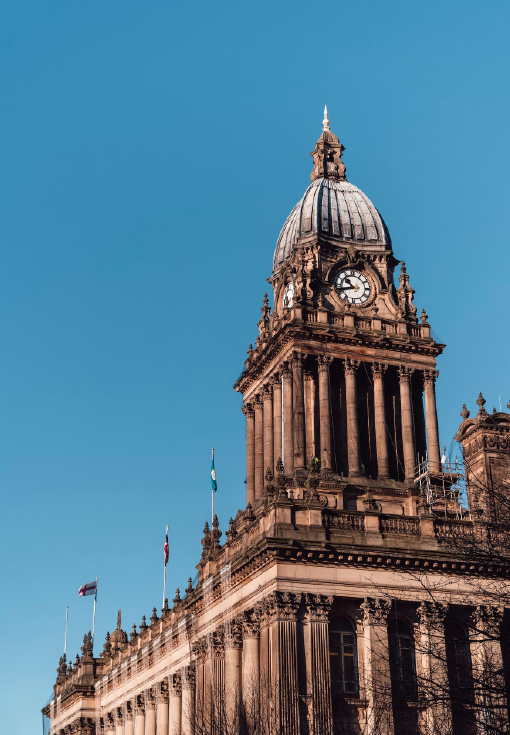
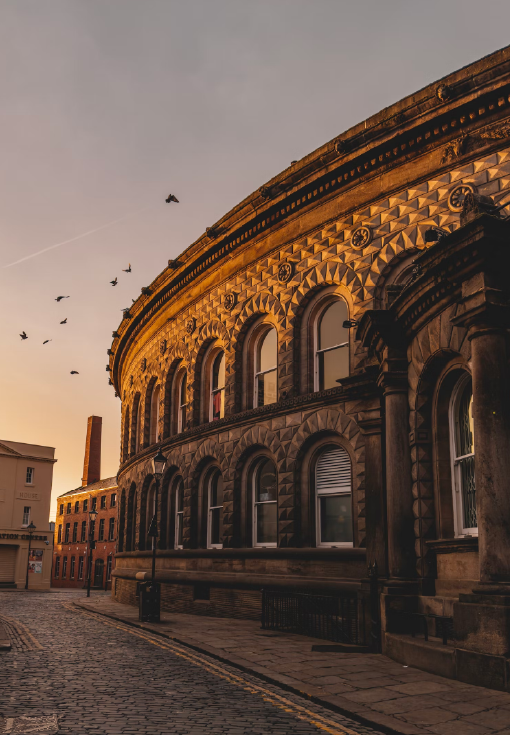
4. Thornton’s Arcade
Commissioned by Charles Thornton, the owner of the Old White Swan Inn, in 1875, the building was opened to the public in May 1878.
One of eight arcades built in the city during the era, Thornton’s Arcade is three stories high with a cast-iron Gothic roof. Inside, there is a large clock with a mechanism created by William Potts and Sons of Leeds.
This impressive timepiece features four life-sized characters from Sir Walter Scott’s Ivanhoe, sculpted by Leeds Sculptor John Wormald Appleyard.
Thornton’s Arcade was originally designed by Charles Fowler, but the final design was completed by George Smith. Drainage issues meant Fowler’s design was rejected.
5. Victoria Quarter
The last arcades built during the Victorian era were the Cross and County arcades, which are now known as the Victoria Quarter.
Built by theatre architect Frank Matcham, they were designed to stand out from the rather sombre, industrial buildings that surrounded them. County Arcade, for example, features grand marble columns, cast-iron arches and colourful mosaics.
Matcham’s impressive CV includes designs for the Tower Ballroom at Blackpool Tower and both the Palladium and Coliseum in London.
The Victoria Quarter in Leeds is now home to some of the most exclusive shops in the city. The retail offering comprises more than 70 outlets including Harvey Nicholls, Vivienne Westwood, Mulberry and Michael Kors.
6. Leeds Grand Theatre
The theatre was designed by James Robinson Watson and opened on November 18th 1878. It was built in three parts: the theatre, a set of six shops, and Assembly Rooms, all facing New Briggate, in High Victorian style of red brick with stone dressings and a slate roof.
Now designated a Grade II* listed building, the exterior is a mixture of Romanesque and Scottish baronial styles, and the interior boasts Gothic motifs and clustered columns.
Today, the 1,500 seat theatre is home to Opera North and hosts touring productions of West End and Broadway musicals and plays, as well as appearances from comedians and musicians. The building now bears a blue plaque commemorating it and some of the illustrious stars who have appeared there, including Henry Irving, Sarah Bernhardt, Marie Lloyd, Laurence Olivier, Julie Andrews, and Margot Fonteyn.
